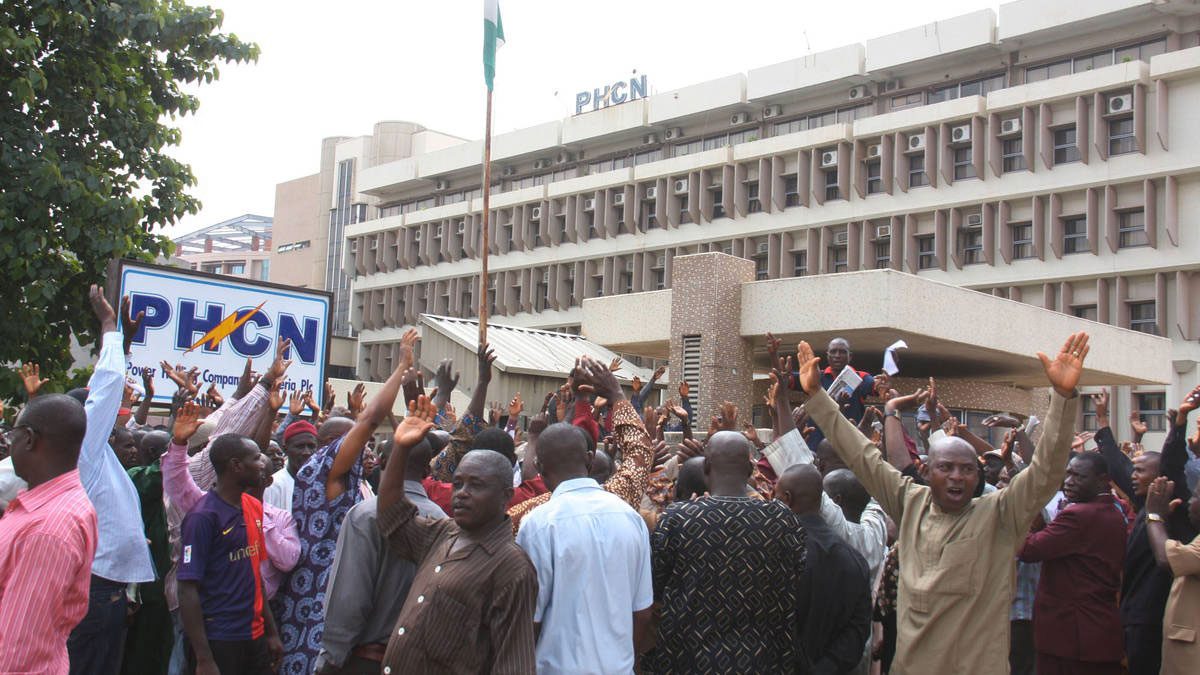About 85 million Nigerians do not have access to electricity from the national grid. This represents 43% of the entire population and makes Nigeria the country with the highest energy access deficit in the world. Although the situation is slightly better in urban areas, only about 36% of rural dwellers have access to electricity. Right policies and actions are thus needed to fix the country’s huge energy challenges.
The Reality of Electricity in Nigeria
Electricity in Nigeria is largely supplied through the national grid, and the extension of this grid especially to rural areas is often faced with challenges that make them difficult to connect. There is, however, an overwhelming correlation between energy access in rural areas and a wide range of social goods. Hence, there is a need for alternative ways of powering off-grid and underserved communities, especially in rural areas, while grid extension efforts continue.
Nigeria’s national grid is made up of three main categories: Generation Companies (Gencos), the Transmission Company of Nigeria (TCN), and Distribution Companies (Discos). The Gencos own the power generating plants that actually generate electricity in large amounts, the TCN wheels it to the different Discos which then delivers power to the end users.
The Electric Power Sector Reform Act (EPSRA) which was signed into law in March 2005 led to the unbundling of the Power Holding Company of Nigeria (PHCN) which was the single entity managing the entire country’s electricity supply. This unbundling later led to the privatization of the generation and distribution segments of the electricity supply chain. There are currently 6 Gencos with 23 grid-connected generation plants spread across the country and 11 Discos serving different parts of the country. The TCN is however under the complete control of the federal government.
While Nigeria currently has an overall generation capacity of 12,522MW, only around 4,000MW is generated on most days. This is due to several constraints, including lack of gas supply and the lack of infrastructural capability of the TCN to evacuate all the available capacity and convey to the Discos. The country’s current transmission capacity is only around 5,300MW. This means, even if the Gencos were able to generate electricity at their capacity, it would be wasted because the transmission company does not have the capacity to convey it to the Discos.
[perfectpullquote align=”right” bordertop=”false” cite=”” link=”” color=”” class=”” size=””]A new structure that allows greater participation of states in power generation is imperative. States should be at the forefront of rural electrification programs in their states, and in attracting investments into the power sector.[/perfectpullquote]
The Discos on the other end also face a number of challenges, ranging from energy losses (technical and non-technical) to a shortfall in revenue collection, all of which hinder their ability to accept and supply more electricity to the end consumers.
The Imperative of a New Approach
According to the Central Bank of Nigeria, Nigerians spend about US$14billion on generators and fuel annually. Electricity supply is severely unreliable, and it is not unconnected to the centralization of the system, which has been poorly managed from the centre for too long.
It is understandable that due to the strategic importance of electricity supply, the federal government maintains the regulation and oversight of the sector. However, since not so much success has been recorded in effectively supplying power throughout the country, it would be great if states are allowed to seek and facilitate investments to provide power to communities and hubs in their jurisdictions at a large scale, using both conventional and renewable energy solutions.
In the World Bank Doing Business 2020 report, Nigeria was ranked 169 out of 190 countries in the getting electricity indicator, and electricity access is considered one of the major constraints for private sector development. When we further decentralize the energy supply system to allow a higher volume of power generation and supply at the state levels, we would be moving faster towards universal energy access by the year 2030.
There is a gradual increase in investment in the Nigerian renewable power sector and mini-grid. An example of this is an investment to design and construct the Ashama 200 megawatts solar project in Delta state, which would be the biggest solar photovoltaic farm in West Africa. However, the regulatory environment and bureaucracies in Nigeria remain a big barrier to investments of this nature.
A new structure that allows greater participation of states in power generation is imperative. States should be at the forefront of rural electrification programs in their states, and in attracting investments into the power sector. Also, states with market and financial capacities such as Lagos should be allowed to generate and supply electricity within their states at a very large scale so that they can better contribute to the economic advancement of the entire country.
A concise and business-friendly regulatory environment that supports decentralized electricity supply is needed to attract needed investments into the electricity sector and bridge the huge gap between demand and supply. Policies that allow tariffs that balance the protection of consumers and the interests of investors are also essential.
Stephen Oyedemi mostly explores the interconnection of technology, economic freedom, and human well-being. He tweets @skoyedemi.

